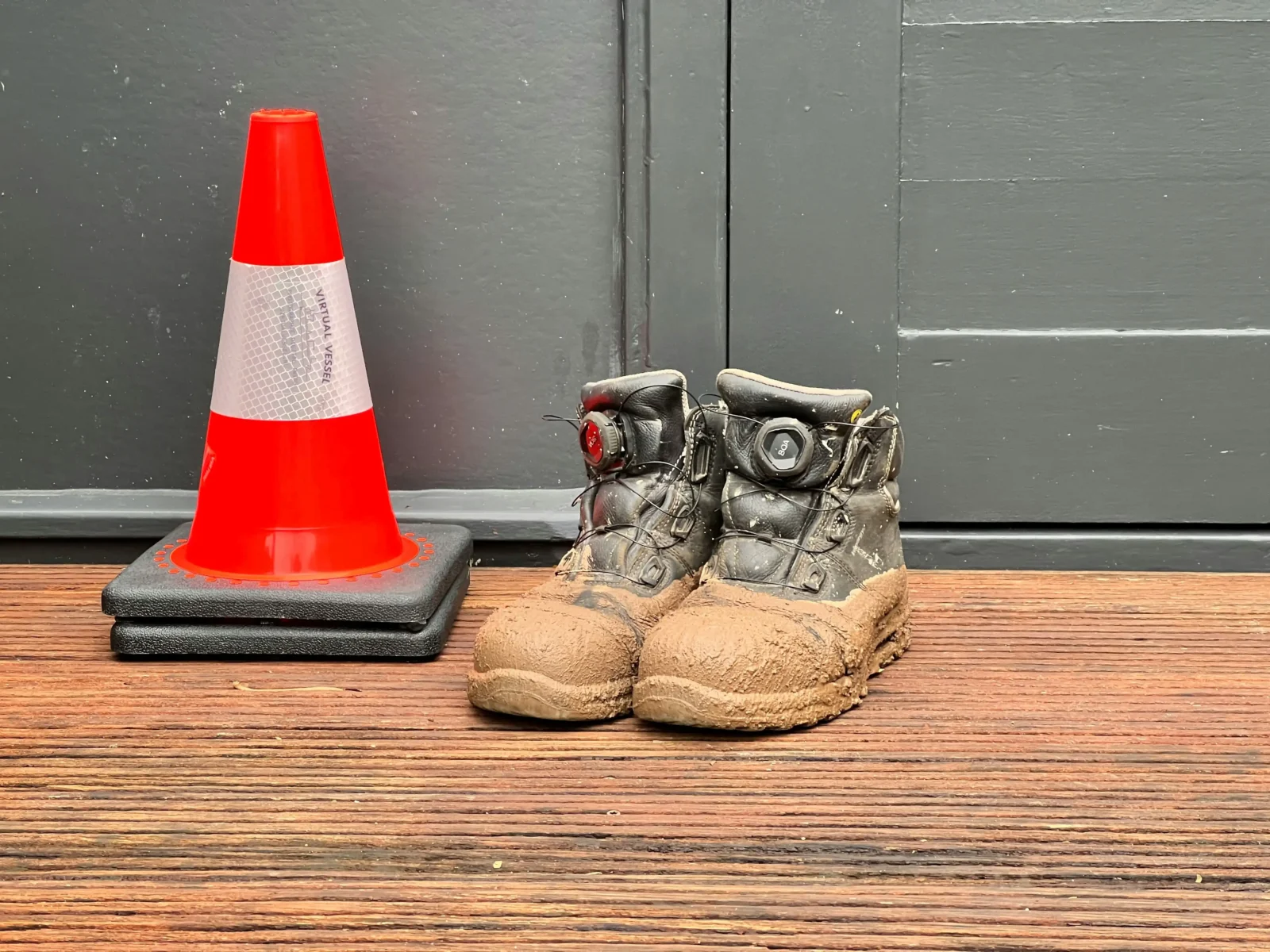- Home
- Articles
- Architectural Portfolio
- Architectral Presentation
- Inspirational Stories
- Architecture News
- Visualization
- BIM Industry
- Facade Design
- Parametric Design
- Career
- Landscape Architecture
- Construction
- Artificial Intelligence
- Sketching
- Design Softwares
- Diagrams
- Writing
- Architectural Tips
- Sustainability
- Courses
- Concept
- Technology
- History & Heritage
- Future of Architecture
- Guides & How-To
- Art & Culture
- Projects
- Interior Design
- Competitions
- Jobs
- Store
- Tools
- More
- Home
- Articles
- Architectural Portfolio
- Architectral Presentation
- Inspirational Stories
- Architecture News
- Visualization
- BIM Industry
- Facade Design
- Parametric Design
- Career
- Landscape Architecture
- Construction
- Artificial Intelligence
- Sketching
- Design Softwares
- Diagrams
- Writing
- Architectural Tips
- Sustainability
- Courses
- Concept
- Technology
- History & Heritage
- Future of Architecture
- Guides & How-To
- Art & Culture
- Projects
- Interior Design
- Competitions
- Jobs
- Store
- Tools
- More
Designing Effective Educational Posters for a Language Arts Classroom

Even in the modern educational landscape, where digital technology often takes center stage, traditional classroom tools like educational posters remain invaluable resources for effective teaching and learning. These visual aids serve as engaging focal points, helping educators convey complex concepts and ideas in an easily digestible manner. And with an educational poster template, it’s easy to create one that will captivate your students’ attention.
When it comes to a language arts classroom, designing educational posters requires a delicate balance between aesthetics and information delivery. This article aims to guide educators in creating compelling and informative posters that enhance the language learning experience.
Understanding the Purpose and Audience
Before diving into the design process, it’s crucial to define the purpose of the educational poster. Are you aiming to illustrate grammar rules, literary devices, vocabulary expansion, or reading strategies? Each objective will shape the content and design elements of your poster.
Consider your audience as well – are you designing posters for elementary school students, middle schoolers, or high school students? Tailoring your design to the age and comprehension level of your audience is paramount for effective communication.
Selecting Appropriate Content
The foundation of any educational poster lies in its content. Carefully curate the information you wish to convey, ensuring that it’s relevant, concise, and aligned with your educational goals. Break down complex topics into key points, using bullet points or numbered lists to organize information. For example, if designing a poster on literary analysis, outline the steps involved, such as identifying themes, analyzing characters, and interpreting symbolism.
At this stage, consider how the content will translate during poster printing. Ensuring clarity, proper resolution, and suitable dimensions will help the final printed version retain its educational impact.
Crafting a Clear Visual Hierarchy
An essential aspect of effective poster design is establishing a clear visual hierarchy. This hierarchy guides the viewer’s eye and ensures that the most critical information stands out. Use a combination of font sizes, colors, and layout techniques to create this hierarchy.
Hierarchy Elements to Consider
- Headings and Subheadings: Use bold and larger fonts for headings, and slightly smaller fonts for subheadings. This guides the reader through the poster’s structure and highlights key sections.
- Color Contrast: Employ contrasting colors for text and backgrounds to enhance readability. However, ensure that the colors complement each other and maintain a professional appearance.
- Text Emphasis: Use italics, bold, or underlined text to emphasize important words or phrases. But apply them sparingly to prevent visual clutter.
Choosing the Right Typography
Typography plays a significant role in poster design. Select fonts that are easily readable and consistent with the theme of the poster. Limit your font choices to two or three types to maintain a cohesive visual identity.
Font Considerations
- Primary Font: Choose a clean and legible font for the main body text. Sans-serif fonts like Arial or Helvetica are often good choices.
- Heading Font: Opt for a more attention-grabbing font for headings. This can be a serif font like Times New Roman or a decorative font, but make sure it remains readable.

Utilizing Imagery and Graphics
Visual aids, such as images and graphics, enhance the visual appeal of educational posters and help convey concepts more effectively. Choose images that are relevant to the content and add value to the viewer’s understanding. For a language arts classroom, consider including images of famous authors, book covers, literary symbols, or illustrations related to the topic.
Guidelines for Using Imagery
- High Resolution: Ensure that images are high-resolution to maintain clarity and prevent pixelation when printed.
- Copyright Considerations: Only use images for which you have the appropriate rights or have been licensed for educational use. Many websites offer royalty-free images for educational purposes.
If you receive a cease and desist correspondence from a copyright owner or their representative, it is crucial that you immediately stop the unauthorized use of the copyrighted material and address the issue to avoid legal complications.
Layout and Composition
An organized and balanced layout is crucial for poster design. Keep in mind that the layout should lead the viewer’s eye from top to bottom and left to right.
Layout Tips
- Grid Structure: Divide the poster into a grid to create a sense of order. Align text and images along these invisible lines for a neat and organized look.
- Whitespace: Don’t overcrowd the poster with content. Utilize whitespace around text and images to allow the viewer’s eyes to rest and navigate easily.
Color Psychology and Palette Selection
Colors have psychological impacts and can influence the mood and perception of a design. When selecting a color palette, consider the emotions you want to evoke and the subject of the poster.
Color Considerations
- Harmonious Palette: Choose colors that harmonize well and create a visually pleasing experience. Websites like Adobe Color can help you create and explore color palettes.
- Contrast for Readability: Ensure sufficient contrast between text and background colors to maintain readability. Dark text on a light background or vice versa works well.

Incorporating Interactive Elements
To engage students further, consider incorporating interactive elements into your educational posters. This could be QR codes linking to related online resources, detachable flashcards, or even simple puzzles relevant to the topic. These elements can turn your poster into an interactive learning tool.
Feedback and Iteration
After designing your poster, gather feedback from colleagues or fellow educators. Their input can provide valuable insights into how effective the design is in conveying the intended message. Be open to making revisions and iterations to improve the poster’s impact.
Printing and Display
Once you’ve finalized your poster design, it’s time to bring it to life through printing. Choose high-quality paper that enhances the visual appeal of the design. Consider laminating the posters to increase durability and ensure they can be used for multiple semesters.
Display Tips
- Strategic Placement: Hang posters in areas where they can be easily seen by all students, such as near the front of the classroom or in areas where students often gather.
- Rotating Content: Change posters periodically to keep the classroom environment fresh and engaging. This can also cater to different aspects of language arts throughout the year.
To Sum Up
Educational posters remain powerful tools for facilitating effective learning in a language arts classroom. Through careful consideration of content, design elements, typography, imagery, and interactive elements, educators can create visually appealing and informative posters that enhance the language learning experience. By striking the right balance between aesthetics and educational value, you can create valuable aids in nurturing a deeper understanding and appreciation of language arts among students.
illustrarch is your daily dose of architecture. Leading community designed for all lovers of illustration and #drawing.
Submit your architectural projects
Follow these steps for submission your project. Submission FormLatest Posts
Understanding Site Safety Footwear in Architectural Practice
Architecture is often discussed through drawings, models, and finished buildings, yet a...
General Arrangement Drawings in Architecture: The Backbone of Clear Design Communication
General Arrangement Drawings explained: what they are, when to use them, how...
The Ultimate Guide to Fencing in North Dakota: Choosing the Best Fence for Your Property
Watching a chain link fence twist in 70 mph winds near Minot...
Gaudí: Where Architecture Meets Science
Gaudí: Where Architecture Meets Science shows catenary arches, ruled surfaces, and biomimicry...












Leave a comment